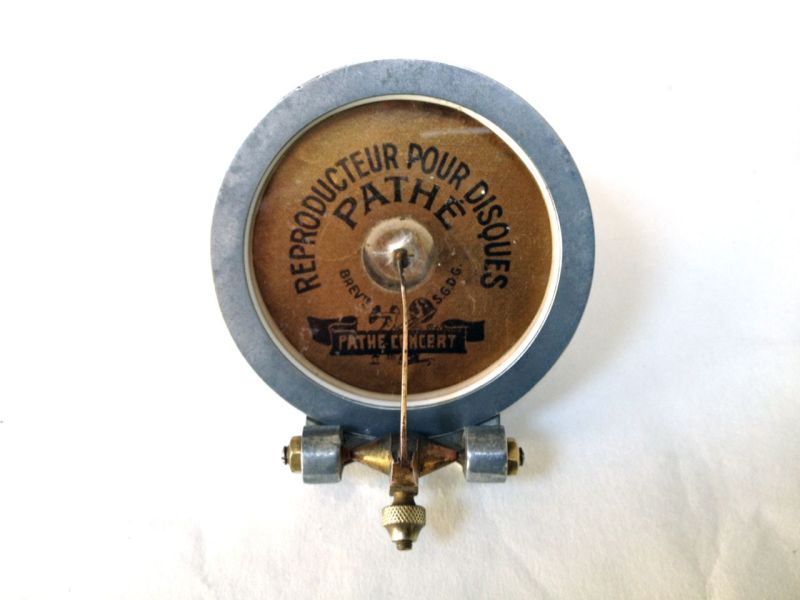VintageTechnologies wrote:The Pathé disk reproducer evolved over time, so I am not certain which is the proper model for that particular machine.
Ah, but I am, having owned clean examples of most of the machines in this early American series.

VintageTechnologies wrote:The body of European Pathé disk reproducers was made from some non-metallic material such as hard rubber. I prefer them because they weigh less than the metallic models and are less apt to bog down the motor while playing a worn record. The stylus bar went through several revisions. I have also seen some variations in the length of the rubber tube that connects to the tone arm. The ideal length would allow the stylus to pass over the center of the record, but it is not really that critical.
You make a good point. The Model 25 and 35 table grands used a small reproducer, light weight, with a diaphragm the size of that of a Victrola No.2. I suspect that this lighter reproducer was used because of the indifferent quality of the imported "pillar and plate" motors on these machines. I've never seen the gutta-perchea reproducers on any American machine. I suspect that they would have been entirely unnecessary, as the wax coated discs had long been superceded by the much louder and more durable shellac records by 1914.
The large machines, which were fitted with heavy, three-spring Columbia motors, all
initially used the large aluminum "Pathé Concert" reproducer, imported from France. This is the aluminum reproducer with the "Brevite..." wording cast in the reverse side. A little later these machines used a American made reproducer, which had a smooth back, and was cast of a heavier zinc alloy, which reproducer was somewhat louder than the aluminum "Pathé Concert".
![[The Talking Machine Forum - For All Antique Phonographs & Recordings]](/styles/we_universal/theme/images/the_talking_machine_forum.png)

